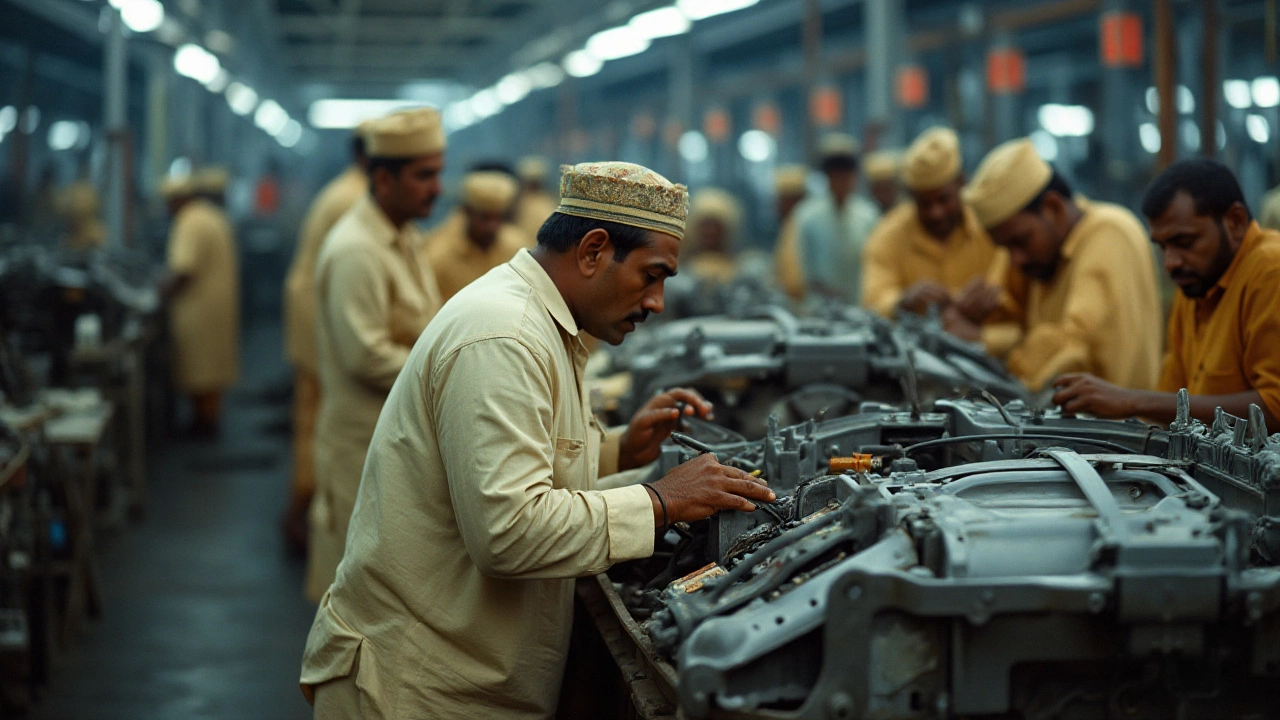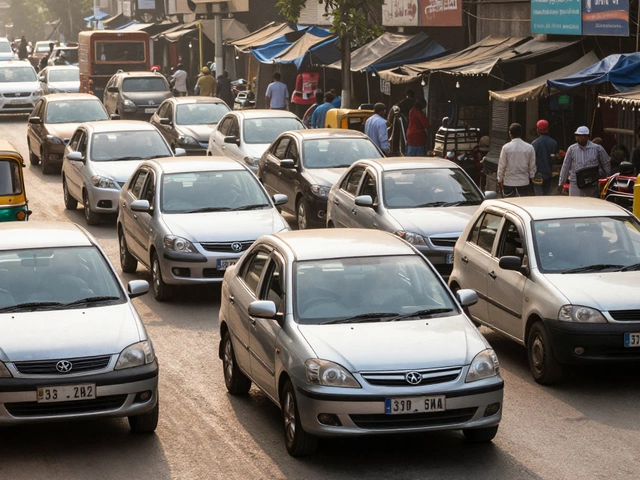Indian Automotive Market: 2025 Trends, Opportunities & Challenges
India’s car market is buzzing like never before. You might have heard that about 30 million vehicles are expected to roll off the roads this year – that’s a huge jump from just a few years ago. Why the surge? A mix of rising incomes, new financing models, and a government push for electric vehicles (EVs) is rewriting the playbook for manufacturers and buyers alike.
Key Growth Drivers
First off, disposable income is climbing. More families can now afford a second car, especially in tier‑2 and tier‑3 cities where public transport is still catching up. Auto firms are tapping this by rolling out affordable compact models that promise lower maintenance and fuel costs.
Second, financing has become a game‑changer. Banks and fintech startups are offering zero‑down‑payment schemes and flexible EMIs, cutting the barrier to entry for first‑time buyers. If you’re scrolling through a dealership website, you’ll see “pay as low as ₹5,000 per month” banners everywhere – they’re not just hype.
Third, the EV wave is finally gaining traction. The government’s Faster Adoption and Manufacturing of Hybrid & Electric Vehicles (FAME) scheme is subsidizing up to 20 % of an EV’s price. As a result, sales of electric two‑wheelers have doubled in the last six months, and compact EV hatchbacks are beginning to appear on showroom floors.
Challenges & What to Watch
Despite the optimism, the market faces real headwinds. Supply‑chain disruptions are still a reality; semiconductor shortages have forced several manufacturers to trim production quotas, leading to longer waiting times for popular models.
Another hurdle is the uneven charging infrastructure. While metros have dozens of fast‑charging stations, smaller towns often rely on a handful of slow chargers. This gap can make potential EV buyers hesitant, especially when range anxiety is still fresh in people’s minds.
Finally, policy fluctuations can shake confidence. Recent talks about revising import duties on certain auto components have manufacturers scrambling to adjust cost structures. Staying updated on policy shifts is crucial for anyone looking to invest or source parts in India.
So, where does all this leave you? If you’re a buyer, you’re standing at a sweet spot – more financing options, a broader model range, and early‑adopter discounts on EVs. If you’re a manufacturer or supplier, the takeaway is clear: focus on cost‑effective production, secure reliable chip supplies, and invest in charging solutions that can bridge the urban‑rural divide.
Bottom line: the Indian automotive market in 2025 is a mix of rapid growth and strategic challenges. Understanding the drivers and staying ahead of the hurdles will help you make smarter decisions, whether you’re buying, selling, or building the next generation of vehicles.
Ford's Strategic Shift and Its Impact on India's Automotive Sector
Ford Motor Company's decision to cease vehicle manufacturing in India has sparked significant discussion in the automotive industry. This move, part of a larger global restructuring strategy, affects Ford's production plants in Tamil Nadu and Gujarat. The decision is a response to sustained losses and lackluster sales in a competitive market. This article explores the implications of Ford's exit for the broader Indian automotive landscape, examining potential impacts on employment, local production, and consumer choices.
Read More




